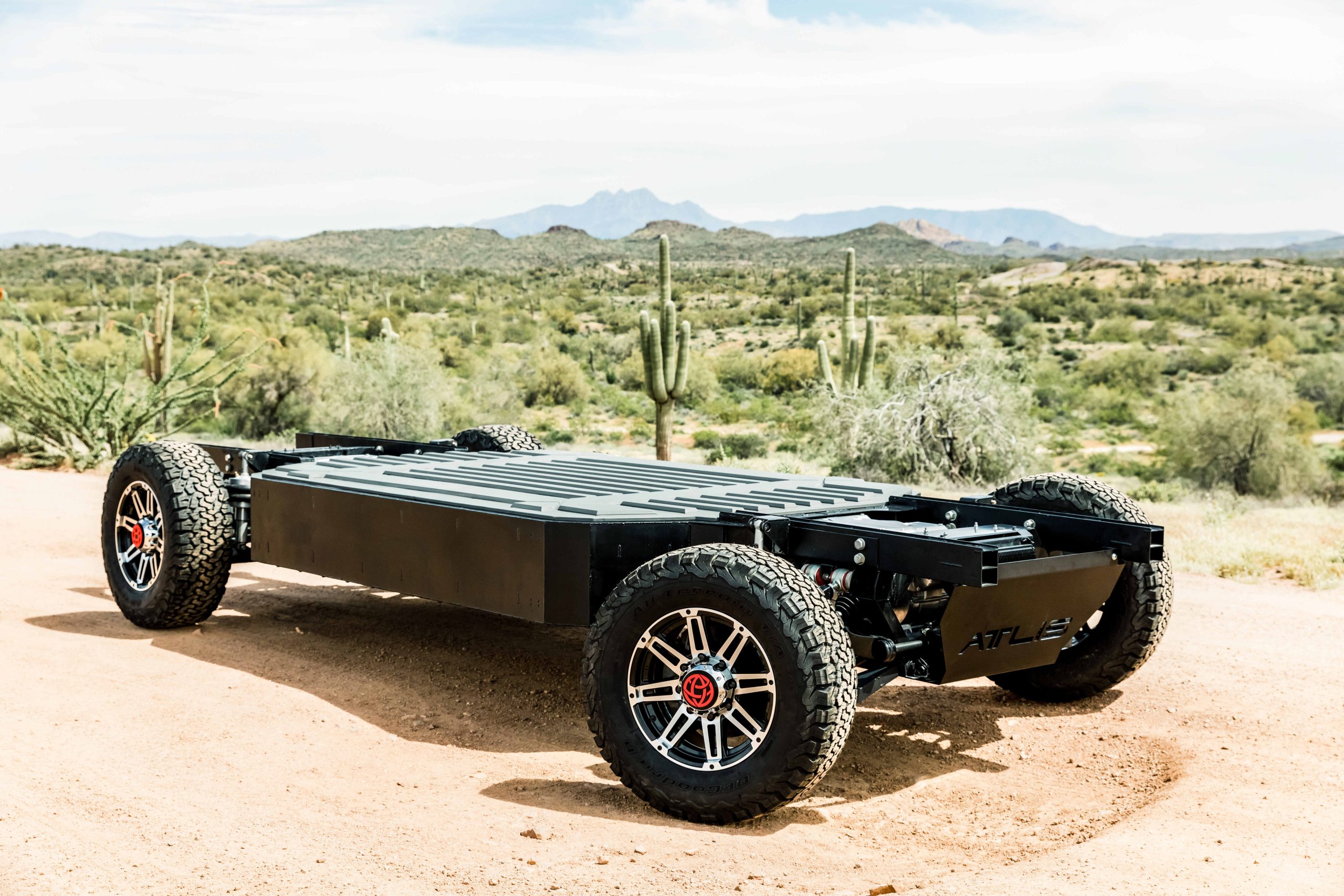IMO range is not as important as (1) speed of charging and (2) availability of chargers.
Right now we think of a "charging station" the same way we might think of a gas station. We subconsciously ASSUME that an EV charging station will look like a gas station.
But a gas station looks like it does because of the unique requirements of liquid petroleum. They have to be big enough to accommodate storage tanks and the big tankers that fill those tanks. They have to be placed in areas where their highly flammable and potentially environmentally hazardous materials can be safely stored and dispensed. All that means that they have to be big enough to sell enough gasoline (as well as the other, sundry items that they actually make a good profit on) and stay in business.
An EV charging station doesn't need to look anything like a gas station. Any place with electricity can, in theory, host an EV charging station. There isn't even a reason an EV charging station needs to have an employee on duty.
An EV charging station could be a huge parking lot with 200 charging stations, or it could be a small convenience store with 5 chargers. Or better yet, a restaurant: What better way to drive business to your restaurant located in a small town than to put a dozen EV chargers out front. People need to charge their cars? "Hey, here's a station, let's plug in. Hmmm...I'm hungry, where can a person get a bite to eat? "
Small towns could put charging stations in front of the public library or the police station or the city hall. Grocery stores could put banks of EV chargers in their parking lot, and get people to think "hey, as long as I'm stopping here to charge the car, I might as well get my grocery shopping done."
Let's take a concrete example: White Rim Trail in Utah. From pavement-to-pavement it's around 120 miles, which is within the range of most EVs. Imagine a charging station at the RV campground at US 191 and UT 313. You could "top off" your EV there, run WRT and still make it back there to the same location.
Another point, the "environmental impact" of an EV charging station is much less than that of a gas station. So the Park Service could put a big EV charging parking lot at the visitor's center. They probably wouldn't even have to pay for it, rather, the power companies would be happy to install it because of the money they'd make from it (I'm assuming some kind of credit-card swipe or maybe just your EV has your credit card data already in it and when it plugs into the power grid, the power company knows who to charge.)


